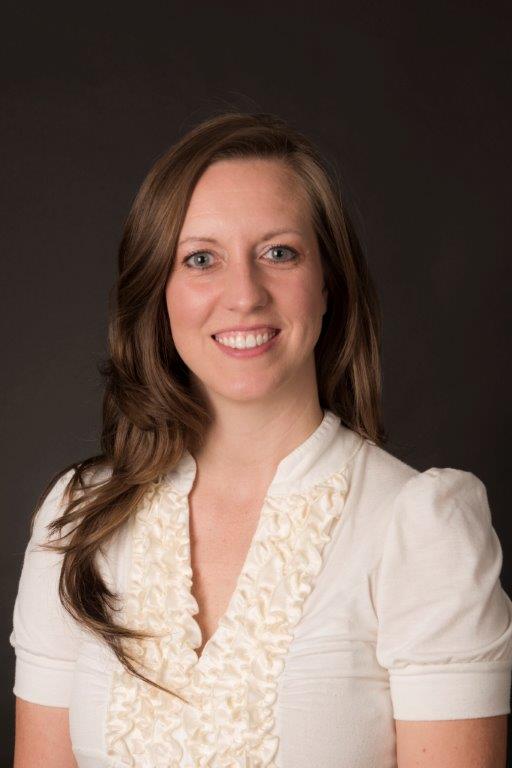Register for the May 6th DPAM CEU workshop. Registration open through May 1st 12:00 PM EST
May 6Auerbach School of Occupational Therapy DPAM Workshop
Join us and learn more about our Occupational Therapy degrees.
May 14 @ 4:00 pm - 5:00 pmVirtual Info Session: Entry-Level OTD

Faculty Focus Friday is a Q&A series that highlights individual faculty members in various academic programs around Spalding University. In recognition of Athletic Training Month having just concluded in March and Occupational Therapy Month having just started in April, this week’s featured faculty member is Dr. Lisa Potts, Assistant Professor, who teaches anatomy and neuroscience courses in both the Master of Science in Athletic Training (MSAT) program and the Occupational Therapy Doctorate (OTD) programs.
What do you like about working and teaching at Spalding?
I like that Spalding values compassion and understanding. As far as teaching, I like that class sizes are relatively small, which gives me the opportunity to get to know my students.
What is your academic specialty, areas of expertise or research?
My background is in neuroscience. My doctoral and postdoctoral work focused on Parkinson’s disease and related disorders.
Why are the programs you teach in a good option for students to consider?
I am in a unique position in that I teach for both the MSAT and OTD programs. Since starting at Spalding, I have learned a lot about both of these professions and have grown to better understand and appreciate the value that each has in terms of client-centered care. Both of these are great programs with faculty who are invested in students’ success.
Though athletic training doesn’t have to be limited to sports, if you enjoy being around sports and want a career that will be challenging and rewarding at the same time, this would be a great option for you. The small cohorts, supportive faculty and variety of hands-on classes are specific things that make this program special.
Much of the same can be said about the OTD program. I have enjoyed seeing students’ passions to help others really be fostered in this program. Faculty are dedicated to providing meaningful experiences for students both in and out of the classroom. I love that OT includes a client-centered, empathetic approach. Again, if you want a career that will be both challenging and rewarding and enjoy helping people do what they love, this would be a great program for you.
What is an example of a discussion topic, lecture, assignment, project, etc. in your class that you enjoy presenting or working with students on and that they have found engaging?
I like to incorporate different ways of delivering and reviewing content. One thing I use often in my classes is Kahoot. Students always have fun playing this game, and I sometimes use challenging questions to spark further discussion. In the neurosciences classes I teach, I typically incorporate some kind of journal club type of assignment when myself or students will present a relevant journal article and lead discussion on it and how it relates to the current lecture topics. I find these are usually the most engaging and rich conversations because it really gets us thinking and talking about practical applications for what they are learning about.
What is an interesting thing you have in your office?
Right now the most interesting things I have in my office are probably the oversized model of the human eye and brain. I also have a Lego minifigure my son made to look like me, coffee cup and all. 🙂
Spalding’s mission is to meet the needs of the times, to emphasize service and to promote peace and justice. What is an example of how your teaching style, your research, your class or your curriculum is supporting the mission of Spalding?
I think I incorporate this mission the most through my teaching style. Currently, I have found various ways to utilize collaborative tools and apps to keep students engaged while learning in an online environment, which is necessary right now during COVID. I also try to incorporate these values in our class discussions. I like to take time at the beginning of each term to hear a little bit about each student and why they chose the AT or OT path. I remind students to be mindful that we all come from different backgrounds and may therefore have different perspectives and opinions. I encourage them to be open to working with people that have different opinions and perspectives as this is how new and innovative ideas are developed. I believe these considerations are also important for both of the professions these students are working to join.
Register for the May 6th DPAM CEU workshop. Registration open through May 1st 12:00 PM EST
May 6Auerbach School of Occupational Therapy DPAM Workshop
Join us and learn more about our Occupational Therapy degrees.
May 14 @ 4:00 pm - 5:00 pmVirtual Info Session: Entry-Level OTD